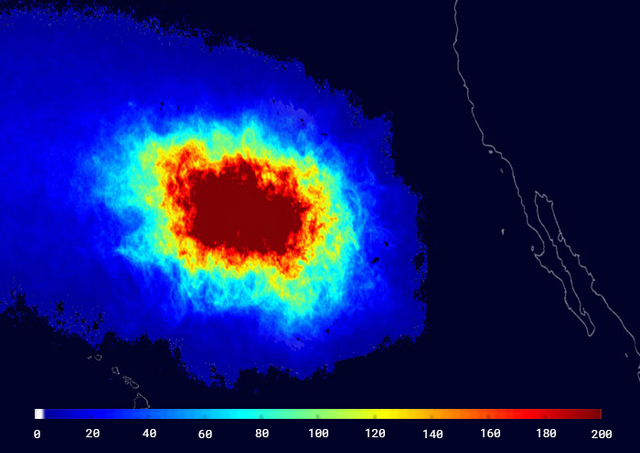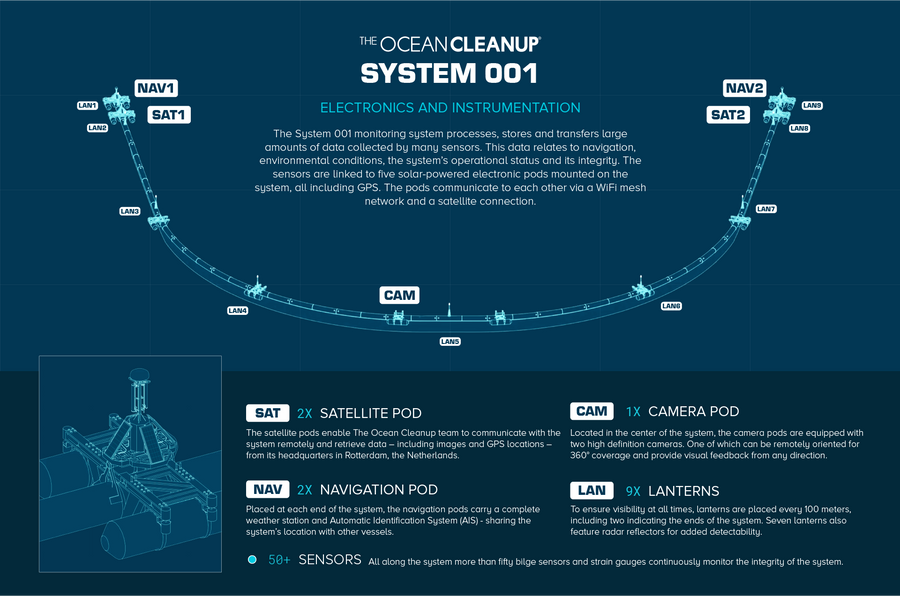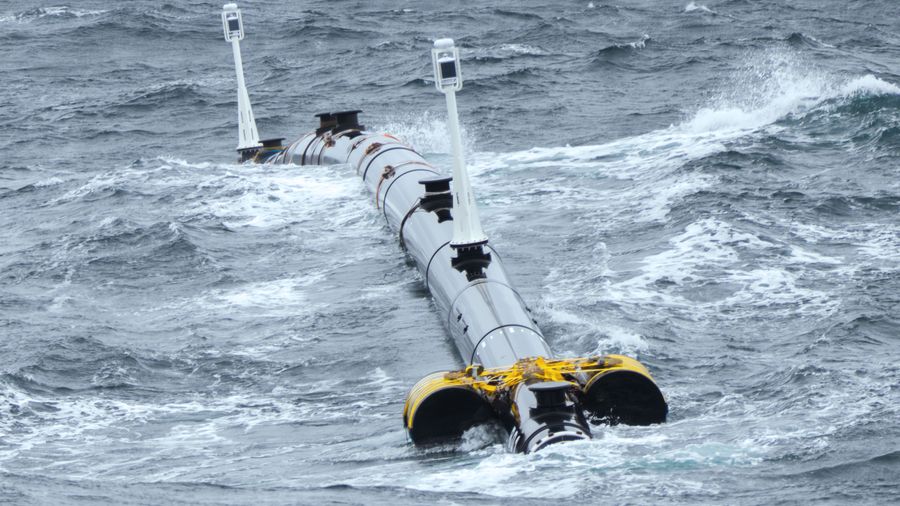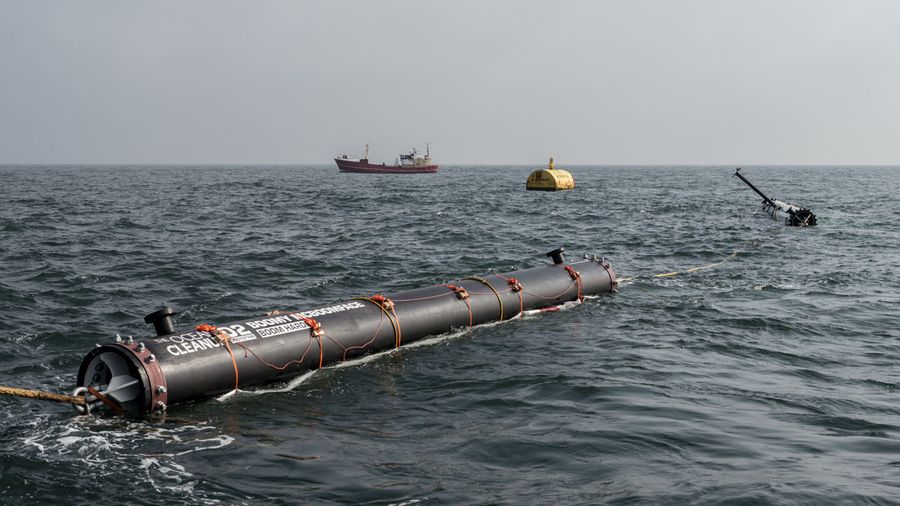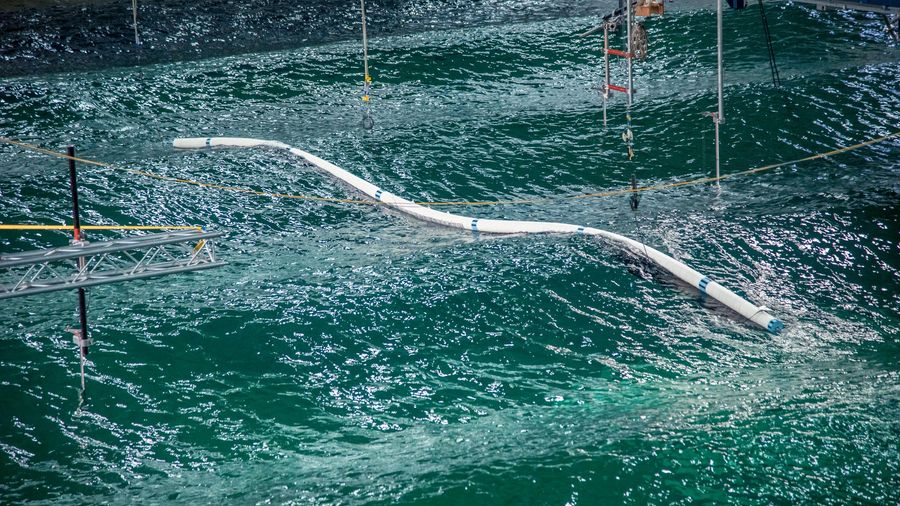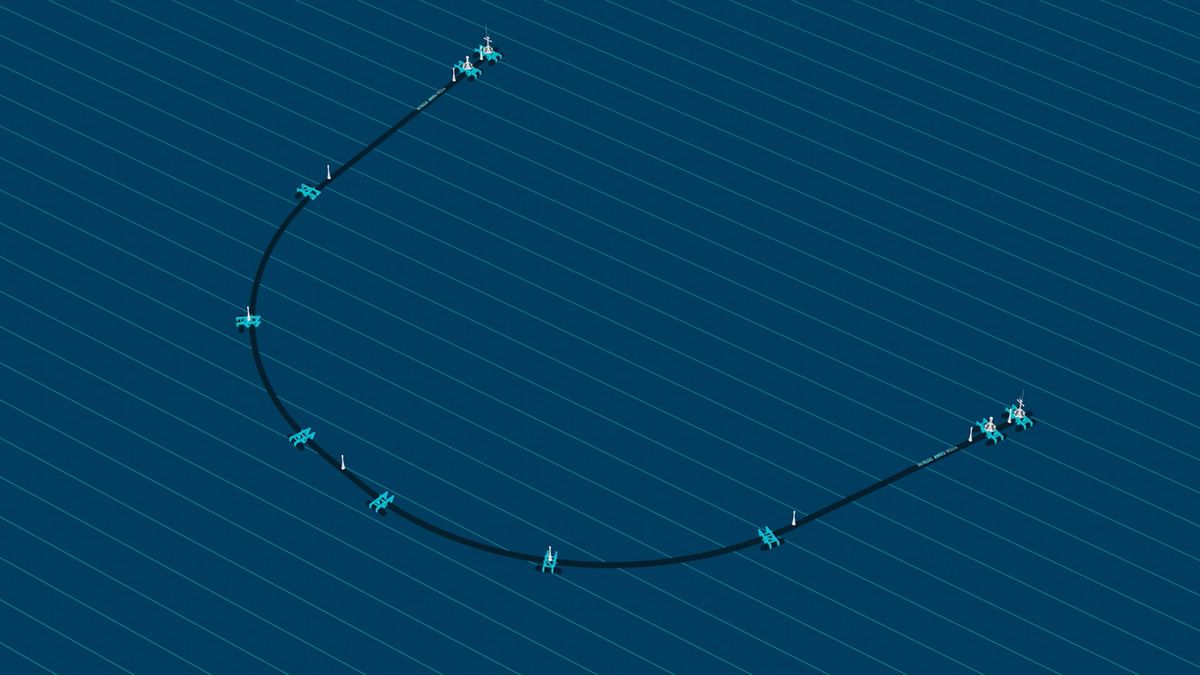
How it works
The ocean is big. Cleaning up the Great Pacific Garbage Patch using conventional methods – vessels and nets – would take thousands of years and tens of billions of dollars to complete. Our passive systems are estimated to remove half the Great Pacific Garbage patch in just five years, and at a fraction of the cost. This is how it works:
Create a
coastline where there are none
The system consists of a 600-meter-long floater that sits at the surface of the water and a tapered 3-meter-deep skirt attached below. The floater provides buoyancy to the system and prevents plastic from flowing over it, while the skirt stops debris from escaping underneath.
Take advantage of natural oceanic forces
Both the plastic and system are being carried by the current. However, wind and waves only propel the system, as the floater partly sticks above the surface, while plastic is primarily just beneath it. The system thus moves faster than the plastic, allowing the plastic to be captured.
Watch explainer videoConcentrate the plastic and take it out
Capture
Using natural forces and a parachute anchor to create drag, the system moves slower than the plastic which allows the plastic to be captured in the center of the system.
Expected impact
Our floating systems are designed to capture plastics ranging from small pieces just millimeters in size, up to large debris, including massive discarded fishing nets (ghost nets), which can be tens of meters wide.
Models show that a full-scale cleanup system roll-out (a fleet of approximately 60 systems) could clean 50% of the Great Pacific Garbage Patch in just five years.
After fleets of systems are deployed into every ocean gyre, combined with source reduction, The Ocean Cleanup projects to be able to remove 90% of ocean plastic by 2040.
-
Autonomous
Algorithms help specify the optimal deployment locations, after which the systems roam the gyres autonomously. Real-time telemetry will allow us to monitor the condition, performance and trajectory of each system.
-
Energy neutral
Our systems fully rely on the natural forces of the ocean and do not require an external energy source to catch and concentrate the plastic. All electronics used, such as lights and AIS, are powered by solar energy.
-
Scalable
The modular fleet of systems can be scaled up gradually, allowing us to learn from the field and improve the technology along the way. The more systems deployed, the faster the cleanup will be.
The system at sea
Handling vessel traffic
No heavily-trafficked shipping routes traverse the Great Pacific Garbage Patch, so the chances of a vessel coming across an ocean cleanup system are minimal. On average only 5 vessels can be found in an area twice the size of Texas.
But, in the event that a vessel does pass through the patch, we have implemented extensive measures to ensure the safety of both vessels and our cleanup systems. Each system will be equipped with lanterns, radar reflectors, navigational signals, GPS and anti-collision beacons.
The AIS will continuously broadcast the location of the systems to passing vessels and the GPS will track the location of our systems, should they veer out of the patch. The US Coast Guard will chart the area as a special operations zone and will issue a Notice to Mariners concerning the presence of our systems.
Safeguarding sealife
Protecting the natural environment is at the heart of what we do. It is the driver behind our efforts to remove large amounts of plastic pollution from the world’s oceans. Hence, safeguarding sea life has been the number one driver behind our technology.
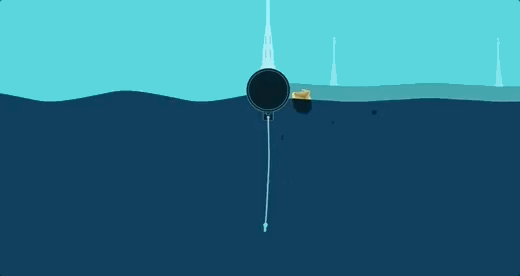
We designed the systems to be inherently safe for marine life in four ways. Firstly, the systems move through the ocean at extremely low speeds – slow enough for creatures to swim away. Secondly, because the screen is impenetrable, the current will flow underneath the screen, guiding with it organisms that can’t actively move, while the plastic (which floats) remains inside the system. Thirdly, as the screen is not a net, sea life cannot become entangled. Finally, we will only remove the plastic from the water periodically, which means people will always be present to check for marine life before the plastic is lifted out of the water.
We have also conducted an Environmental Impact Assessment (EIA) through an independent agency, CSA Ocean Sciences, which did not identify any major risks of our method to the environment.
SURVIVING STORMS
The system has been engineered and tested to utilize and withstand the forces of the ocean. While designing the structure, we considered load cases that are only expected to occur once every hundred years.
The key to survivability is flexibility. We designed the system to be limber enough to be able to follow the waves, and because the system is free-floating, it can drift when subjected to high current speeds.
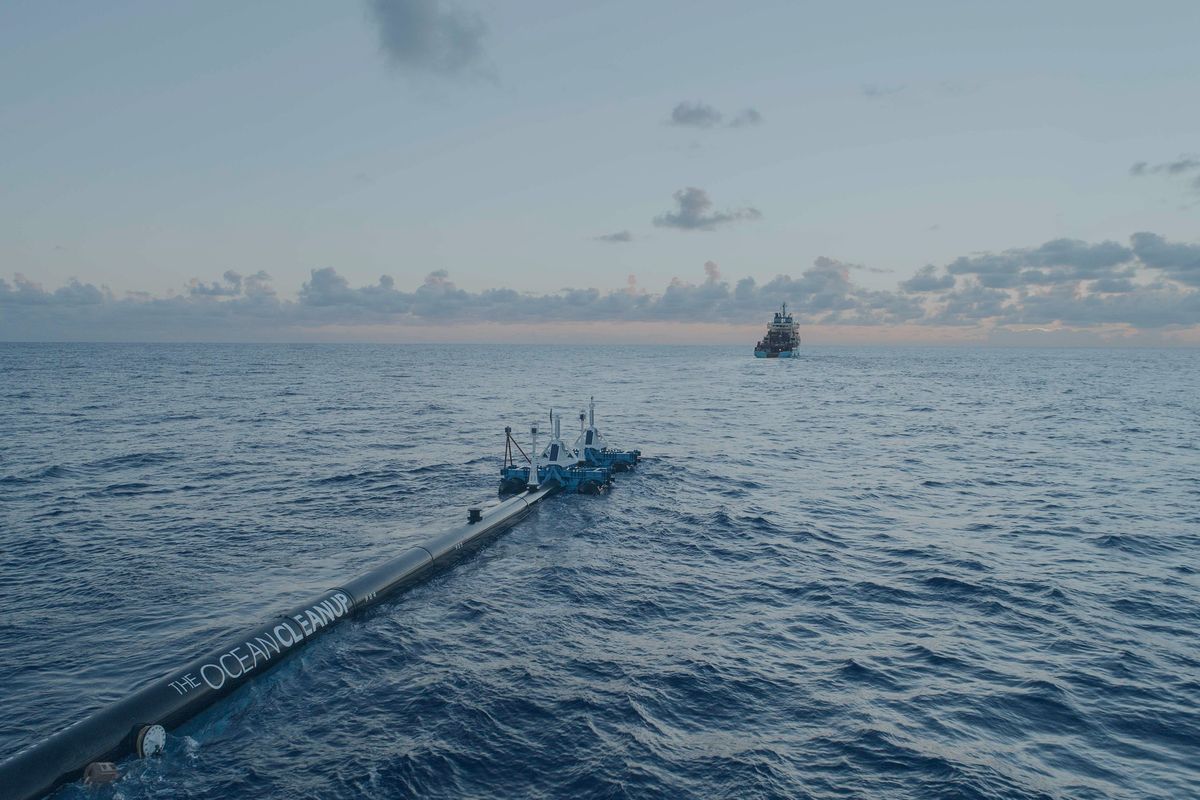
System 001
After 5 years of research, engineering and testing, we launched the world’s first ocean cleanup system from San Francisco Bay, marking the start of the cleanup.
FUND FUTURE CLEANUP SYSTEMS
Having the necessary funds, we deployed System 002 into the Great Pacific Garbage in July 2021. As we progress towards System 03 and onward, we welcome individuals and companies to join the mission. If you would like more information on how to make a major contribution to help us scale to a fleet of cleanup systems, please contact us.
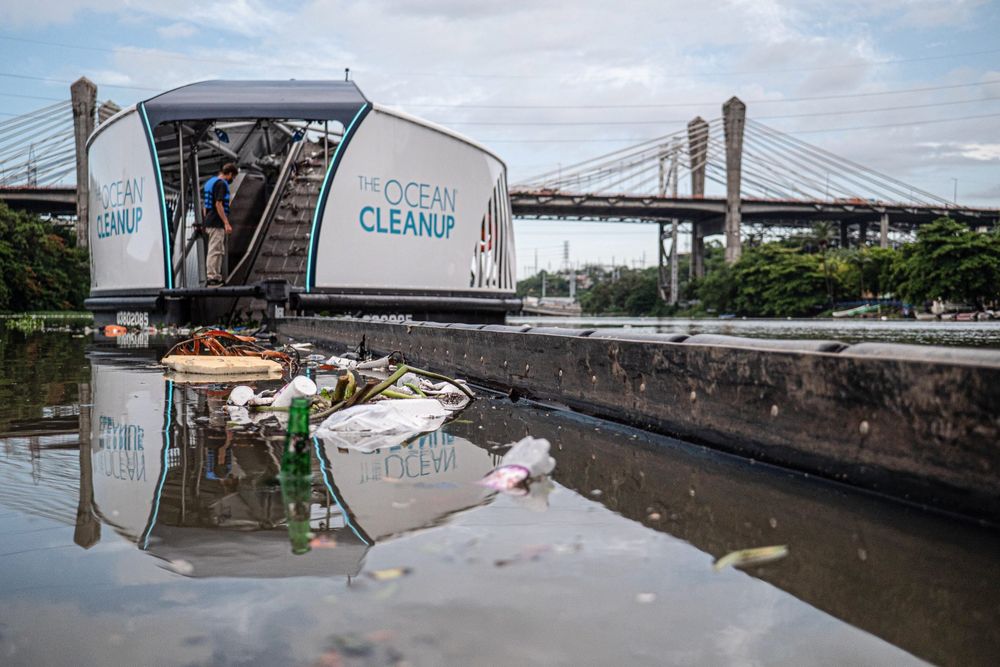
Join
the team
Contribute your skills and build a clean future with us
Support the cleanup
Help fund the development of our technology to rid the world's oceans of plastic.
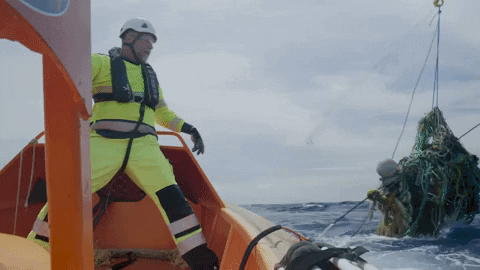
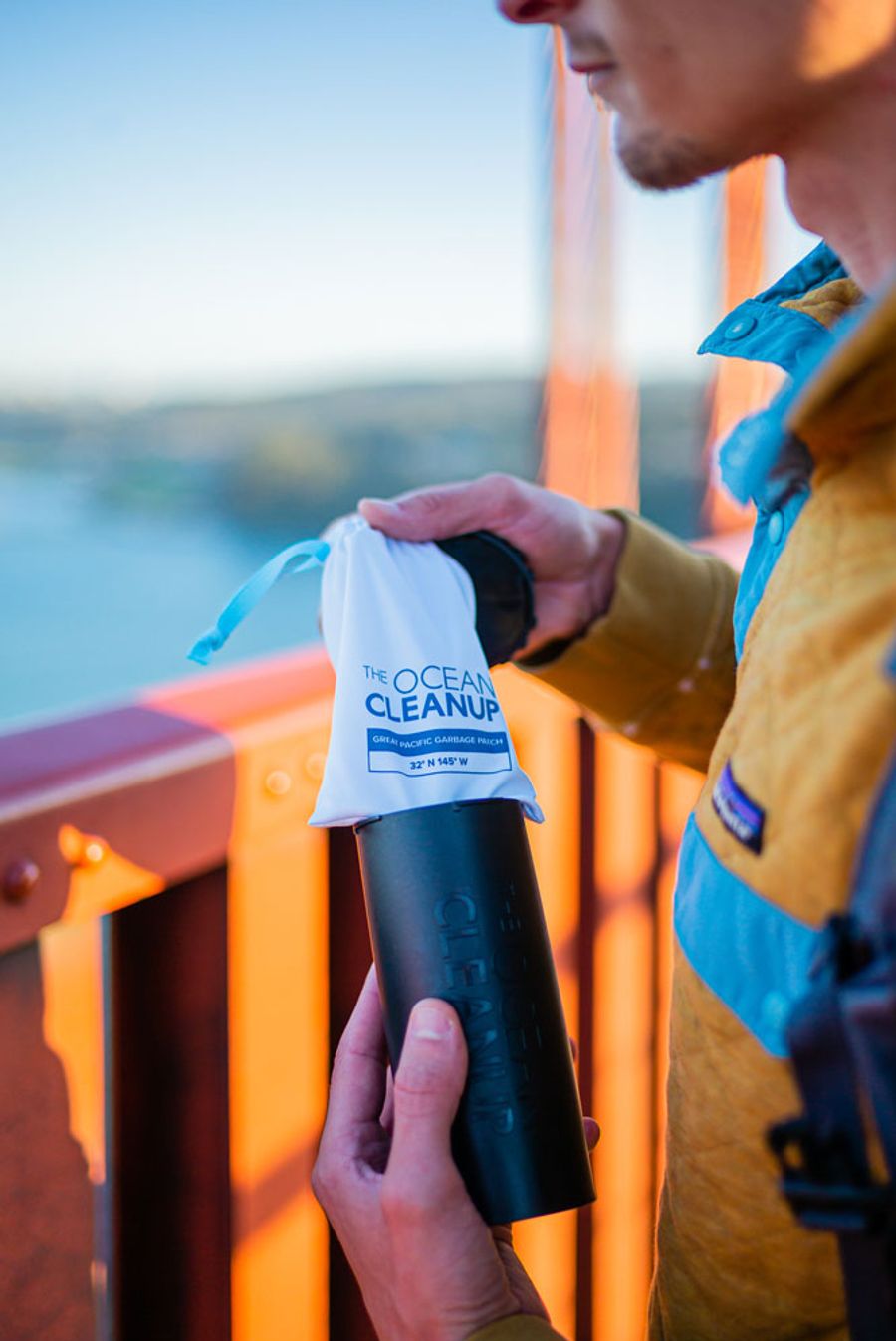
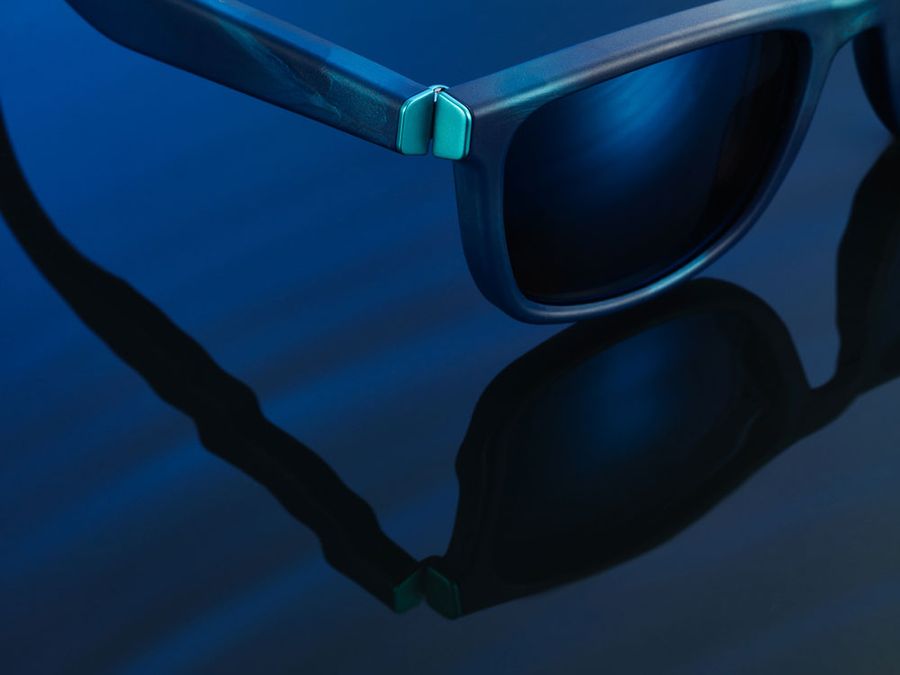
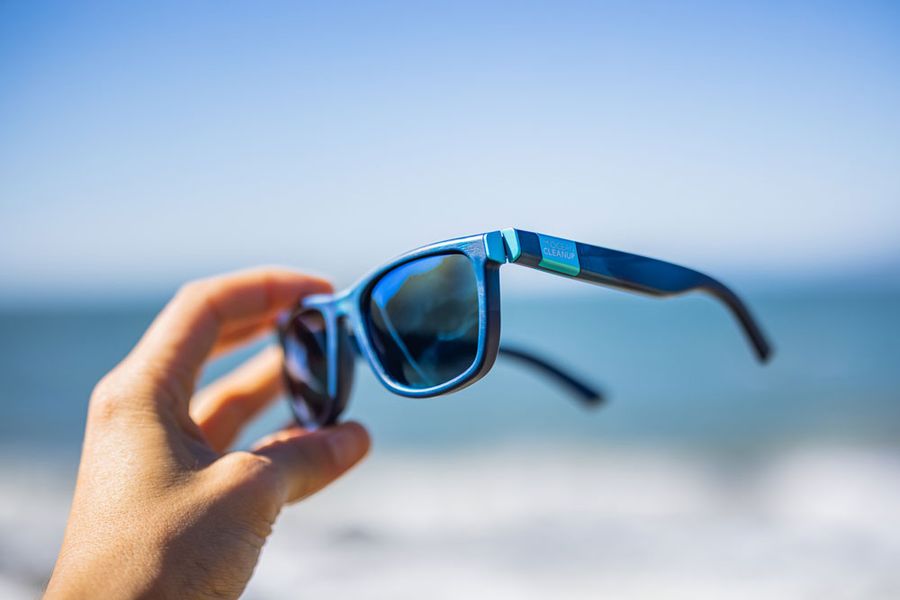
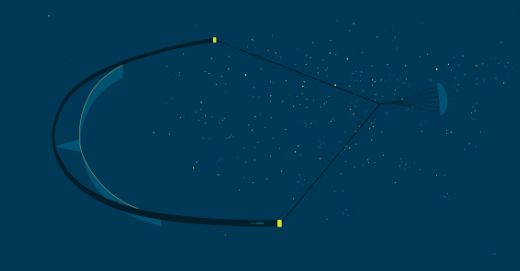
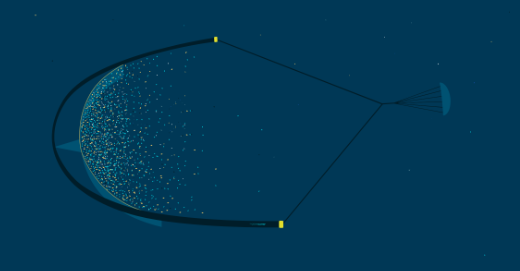
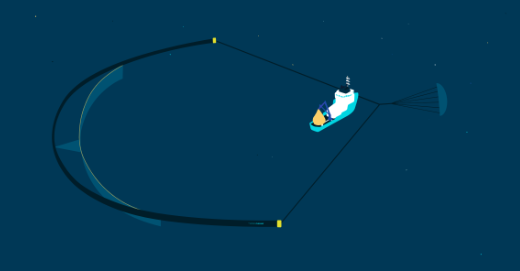
![Great Pacific Garbage Patch in 2030 with and without cleanup. [scale units : kg/km2]](https://staging.assets.theoceancleanup.com/scaled/640x/app/uploads/2019/05/map_gpgp_with_cleanup_with_hscale_web.png)
